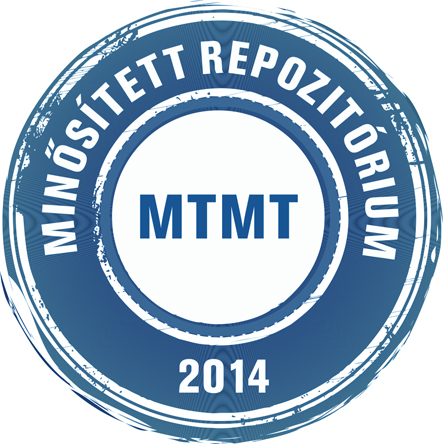Glässer Norbert: A kállói Szent Pap : egy neológ izraelita integrációs narratívum a Horthy-korszakban. In: Vallás, egyén, társadalom 7. pp. 206-230. (2014)
Előnézet |
Cikk, tanulmány, mű
vallasi_kulturakutatas_konyvei_007_206-230.pdf Letöltés (1MB) | Előnézet |
Absztrakt (kivonat)
In the press discourses of the groups of Hungarian Jewry pursuing different strategies the T’nach (biblical) concept of the tsadik and his figure as it appears in Eastern European Hasidism was determined and reformulated by the split between the communities striving for traditionality and those consciously em-bracing modernism. The Hasidic stories can be regarded as a seeming point of encounter between urban Orthodoxy and Neology. In the interwar years Orthodoxy was gradually excluded from Hungarian so-ciety. The Orthodox press offered visits to Hasidic rebbes and requests for their intervention as a model for the treatment of economic crises and the laws discriminating against Jews. The aim was to consolidate community values in a situation of crisis. Hasidic religiosity was linked to one or more Hasidic courts and tsadik dynasties. Their participation in family celebrations or the rites around mile-stones in human life was regarded as an important religious/community event. At the same time the correspondents of the urbane Orthodox elite presented this as a mystical other world to which one could withdraw from the bustle of everyday life. This interpretation was also used to produce the kosher mass literature for youth meeting the religious requirements. In the deteriorating situation of the Jewish communities in the interwar years the world of the tsadikim offered an alternative frame for the interpretation of reality and was intended to strengthen community values. As a consequence of the shift to an urban way of life the Budapest Jews striving for traditionality also noticed this nostalgic picture of the rural way of life, while consciously modernising Neology was characterised by special emphasis placed on this image. It was in this way that, beside the negative image of the miracle-working rabbi serving to justify the need for the maschil cultural mission, in the interpretation of Neology the tsadik became a ‘holy priest’, a relict in the present from the idealised, folkloristic past. Following the adoption of the popular 19th century conception, this image of the miracle-working rabbi became part of the ethnological discourses in Hungary. In my research I examined Neology Jewish community values and the responses given to Hungarian civil religion in the Hungarian-language Budapest Neology weekly papers between 1918 and 1938. These are the responses of a journalism elite of an urbanising religious community to the trends towards the change in the Hungarian nation conception
| Mű típusa: | Könyv része |
|---|---|
| Egyéb cím: | The "Holy priest" from Kaliv : the narrative of integration in the interwar years by the Hungarian neology |
| Rovatcím: | Vallás, egyén, társadalom - értékrend, szentek tisztelete |
| Befoglaló folyóirat/kiadvány címe: | Vallás, egyén, társadalom |
| Dátum: | 2014 |
| Szám: | 7 |
| ISSN: | 2064-4825 |
| ISBN: | 978-963-306-257-9 |
| Oldalak: | pp. 206-230 |
| Sorozat neve: | A vallási kultúrakutatás könyvei |
| Nyelv: | magyar , angol |
| Konferencia neve: | Vallás, egyén, társadalom (2013) (Szeged) |
| Befoglaló mű URL: | http://acta.bibl.u-szeged.hu/67608/ |
| Kulcsszavak: | Zsidók története - Magyarország - 1920-1930-as évek |
| Megjegyzések: | Bibliogr.: p. 224-225. és a lábjegyzetekben ; összefoglalás angol nyelven |
| Szakterület: | 06. Bölcsészettudományok 06. Bölcsészettudományok > 06.03. Filozófia, etika és vallástudományok |
| Feltöltés dátuma: | 2020. máj. 21. 14:38 |
| Utolsó módosítás: | 2021. nov. 25. 12:58 |
| URI: | http://acta.bibl.u-szeged.hu/id/eprint/67130 |
 |
Tétel nézet |



